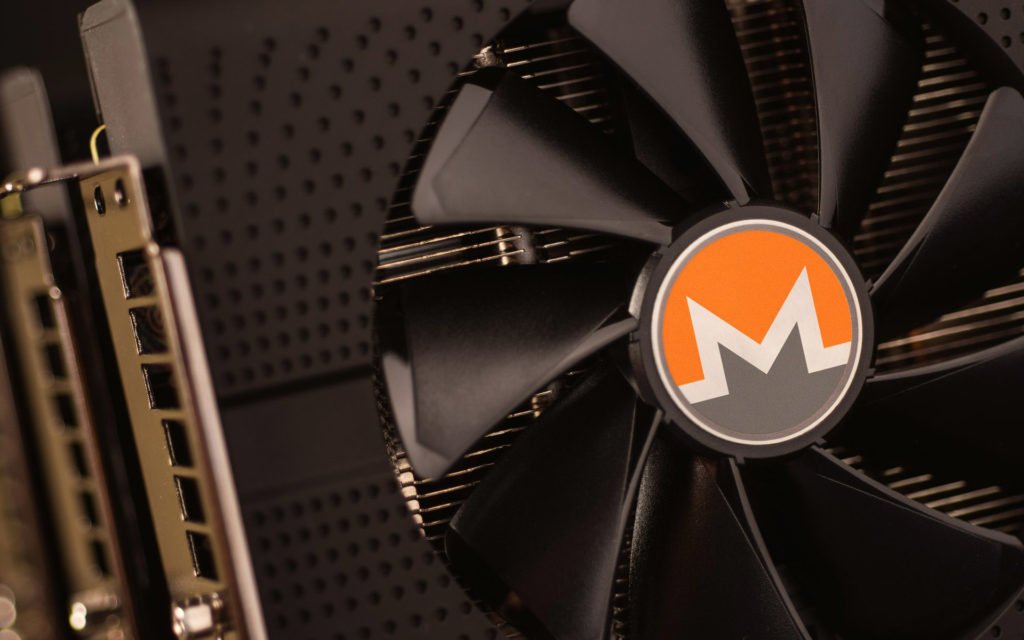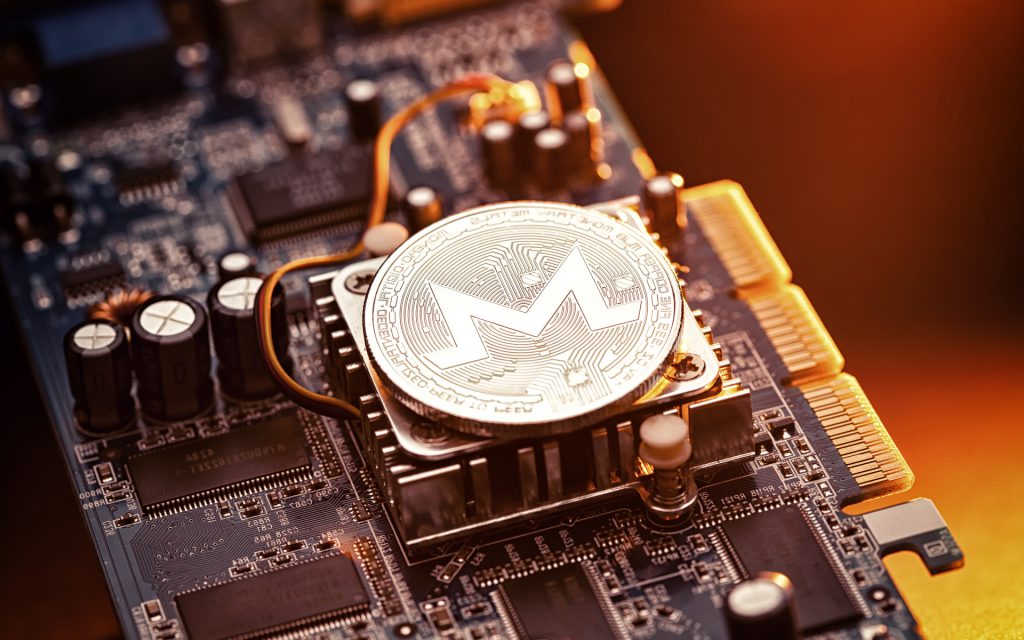One key feature differentiating Monero according to the masses is its privacy technology. Most people mark it as its defining attribute. The fungibility that it provides also sets it apart from its rivals. But there is one key feature that is considered an equally differentiating factor compared to others. It is none other than the tail emission. Before we dive into this feature, let us have a basic understanding of Monero.
What is Monero?
Monero is a privacy-focused cryptocurrency that was launched in 2014. It is an open-source protocol, where its blockchain is considered opaque. Monero focuses on enhancing anonymity and privacy. Privacy is one key feature that makes it stand out. Well, its anonymity also acts as a breeding ground for illicit activities.
Monero recently released a tweet about the tail emission, its features, and the project’s long-term vision. Let us take a look at it.


Tail Emission – What kinda emission is that?
A tail emission means a never-ending subsidy of block rewards, in layman’s words. The block rewards will never plummet to zero ever. The rewards will gradually decline till the tail emission begins. The tail emission will start at the end of May 2022.
Beyond this point, the block rewards will be fixed to 0.6 XM per block. Tail emission will ensure that mining doesn’t end up non-profitable due to the high cost of mining equipment and lower rewards. This is precisely what tail emission seeks to tackle.
Why did the Monero community decide to include a tail emission?
In comparison to the bitcoin community, the monero community made a decision to implement a minimum subsidy to ensure dynamic block size, reasonable fees, and lower bound network security.
The tail emission ensures a 0.6 XMR reward to every miner in the block, unlike other cryptocurrencies, which drop them to a complete zero. The 0.6 XMR reward is linear, making Monero a deflationary, unlike other cryptocurrencies.


The tail emission also ensures to avoid the complete dependency of the network’s security on the user’s transaction fees when the block subsidy plummets to zero.
Take the example of bitcoin. If such a situation occurs, the fees need to be sufficient to maintain the mining environment, ensuring that the number of miners doesn’t decrease over time. This situation opens up a security issue in the long term for other cryptocurrencies.
A reliable mining mechanism
The mining model, unlike bitcoin, ensures that Monero miners need not rely 100% on transaction fees. This will also guarantee a stable income for the miners. Tail emission stabilizes the transaction fees by ensuring to keep them reasonable for the long term.
This tail emission also allows the Monero community to create and deploy an interesting and unusual “dynamic block size” feature. The feature will enable miners to dynamically raise the block size to better handle congestion by accepting a penalty to block subsidy in return for TX fees.
The 0.6 XMR subsidy by the Monero tail emission promises this. It also helps monero be more flexible in taking care of temporary congestions than other networks.


The tail emission also ensures new monero enters the circulation, replacing the lost ones. Ultimately, the tale emission ensures long-term scalability, secure transactions, and reasonable fees.





